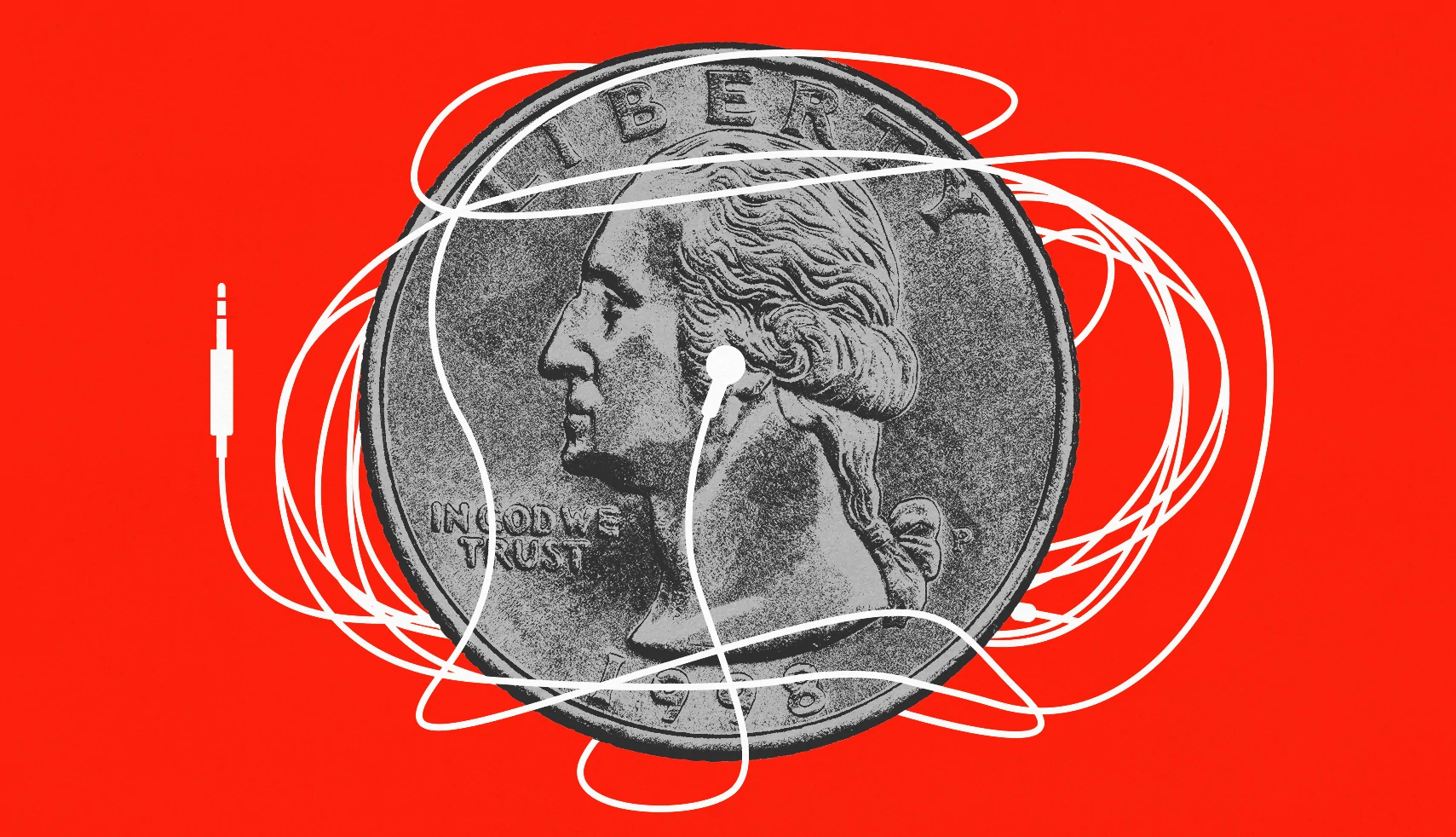AARP Hearing Center


I grew up buying and listening to record albums and later to cassettes and compact discs. Though I’ve also paid to download tunes occasionally, I’ve resisted subscribing to Amazon Music, Apple Music, Spotify or similar services. I like the idea of owning my music. Am I a dinosaur?
As someone who grew up walking into record stores and walking out with a stack of albums and fewer shekels in my wallet, I get where you’re coming from. I cherish the music I’ve bought and still play old vinyl from time to time.
Having said that, I’m fully invested in the world of digital music and rarely look back. I subscribe to two of the most popular music streaming services and periodically listen to other music sites with free tiers.
I completely agree that owning your music and watching your collection expand is something special, just as many people would rather own cars than lease them. My main music library is a combination of songs I stream and stuff I’ve previously imported from CDs or paid for as digital downloads.
But I must confess that I can’t recall the last time I bought a brand-new individual track, much less an entire album, unless you count the gems — scratches and all — I’ve discovered in used record shops.
Let me outline why you might want a music subscription as well as its drawbacks. I’ll also weigh in on free options.


Ask The Tech Guru
AARP writer Ed Baig will answer your most pressing technology questions every Tuesday. Baig previously worked for USA Today, BusinessWeek, U.S. News & World Report and Fortune, and is author of Macs for Dummies and coauthor of iPhone for Dummies and iPad for Dummies.
What’s good about paying for music services?
Hear anything, any time, on demand. As long as you remain a subscriber, you can listen to almost any album or track on your schedule. And you can listen on your smartphone, tablet, computer, smart speaker or television.
In my case, it doesn’t matter whether I already bought the song at Tower Records, Sam Goody’s or other bygone retailers I used to frequent. Sometimes I want to hear a song on a whim or because someone mentions it — even if I never would have considered purchasing it, as a single listen reminds me.
Ginormous catalogs. Amazon Music Unlimited, Apple Music, Spotify and YouTube Music each have libraries that exceed 100 million tracks, a mix of live shows, studio recordings and relatively rare ditties.
Before digitization, a record store to house all that music would have been huge. Standout artists who had resisted digital streaming now are mostly embracing it.
Recommendations. One of the pleasures of record stores was discovering fresh music by poring through bins or hearing a newly minted album on the store’s turntable.
Algorithm-driven subscription services suggest playlists and surface music you may want to hear based on your prior downloads and listening preferences. These services don’t always come up with the right mix, but they have a pretty good, pun intended, track record.
Playlists. As a paying customer, you pretty much can create your own without limitations, including songs you’ve been streaming but don’t own. Others who listen for free may be restricted to playlists using songs they’ve already paid for.


































































You Might Also Like
How to Navigate Smartphone Apps in Your Car
Android Auto, Apple CarPlay come to your dashboard
Stream Music on Road Trips with Your Phone
Smartphone apps enhance road trip entertainmentTest Your Knowledge of '70s Music Hits
Disco your way down to some classic tunes trivia